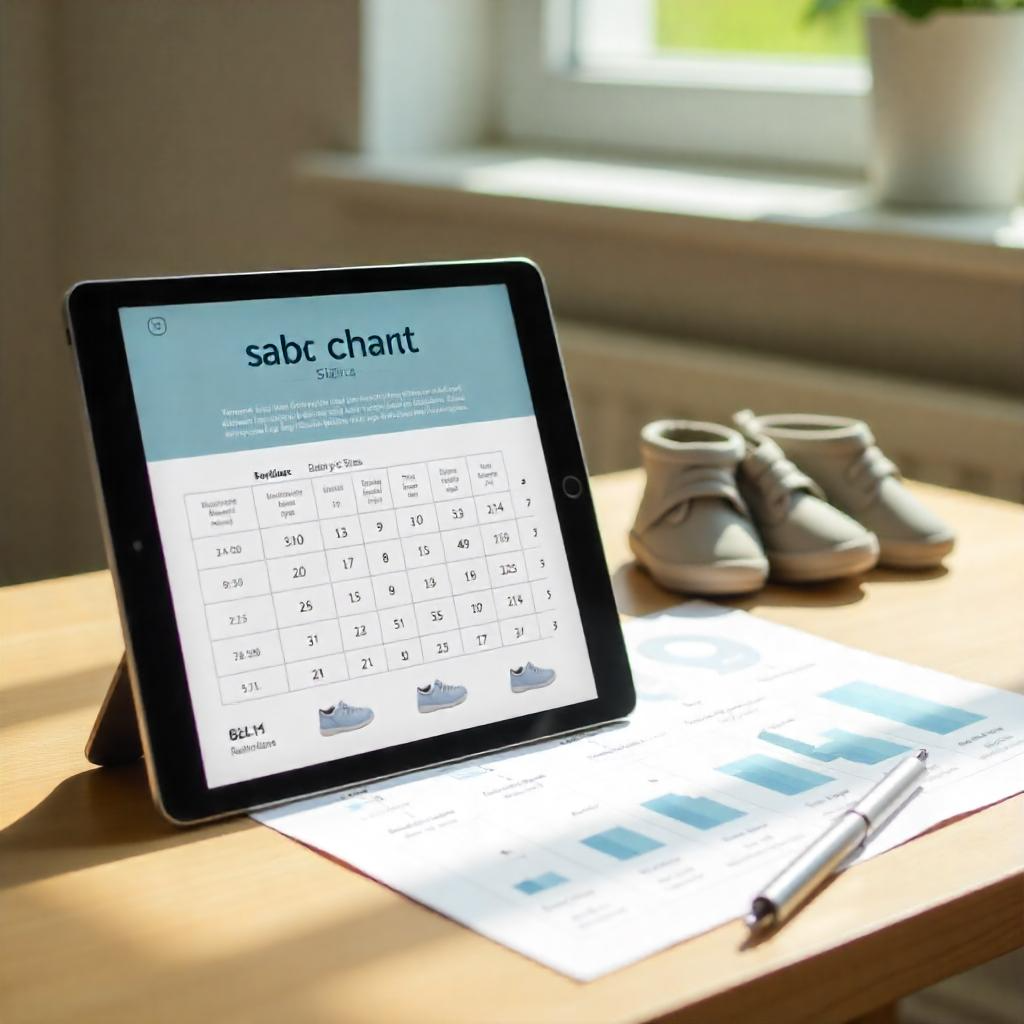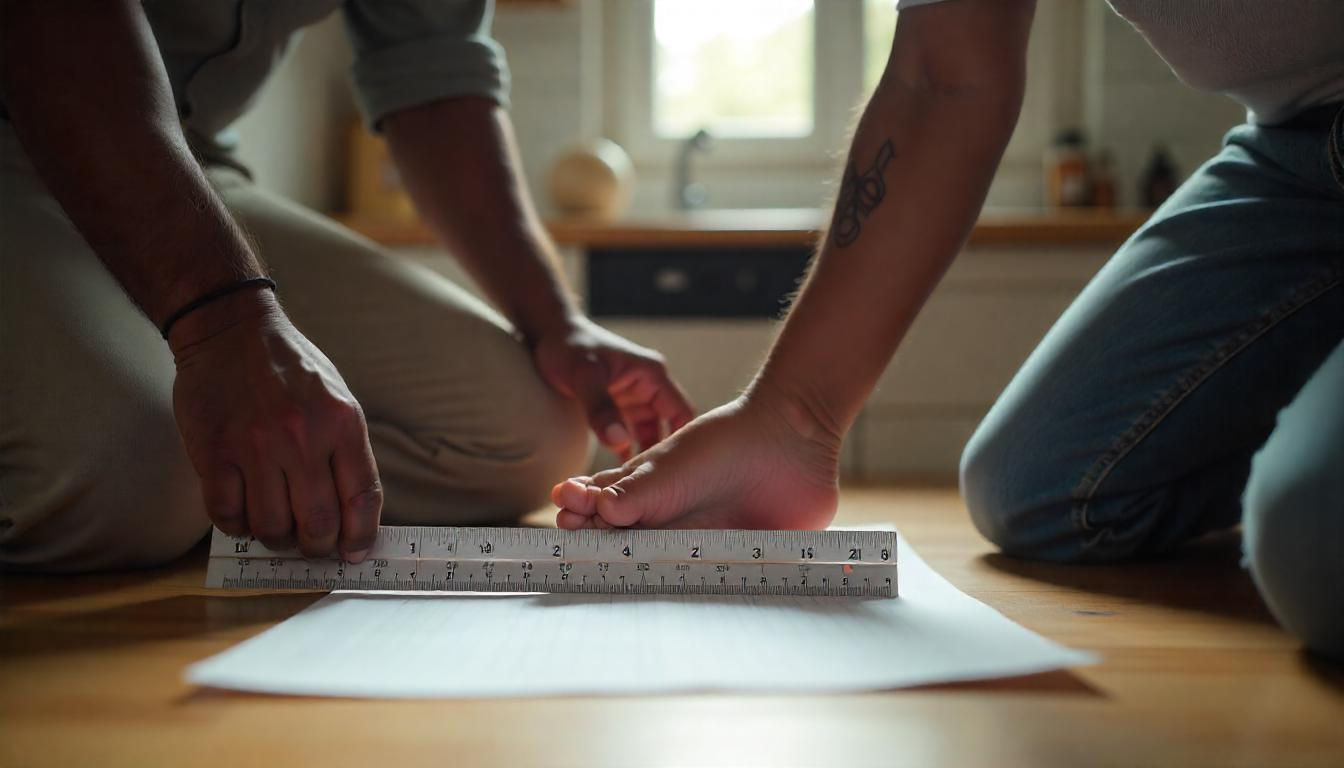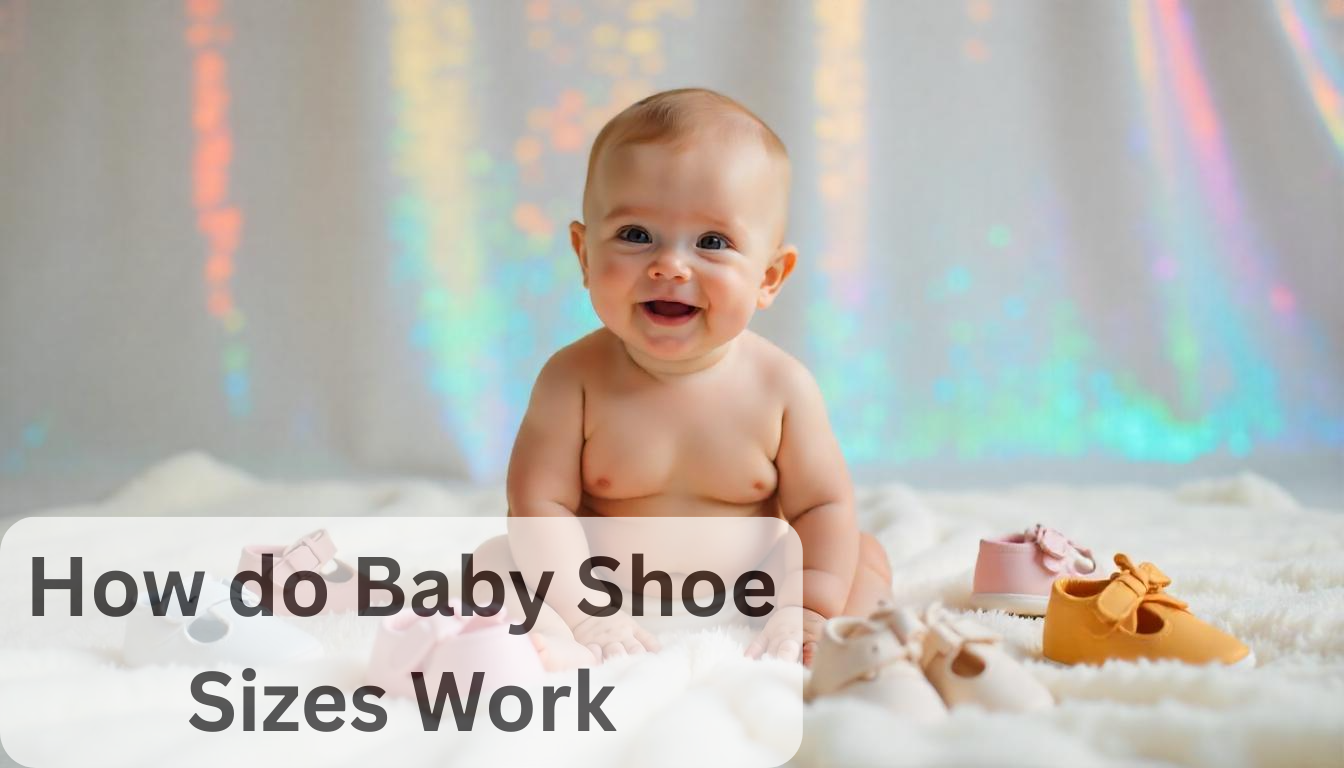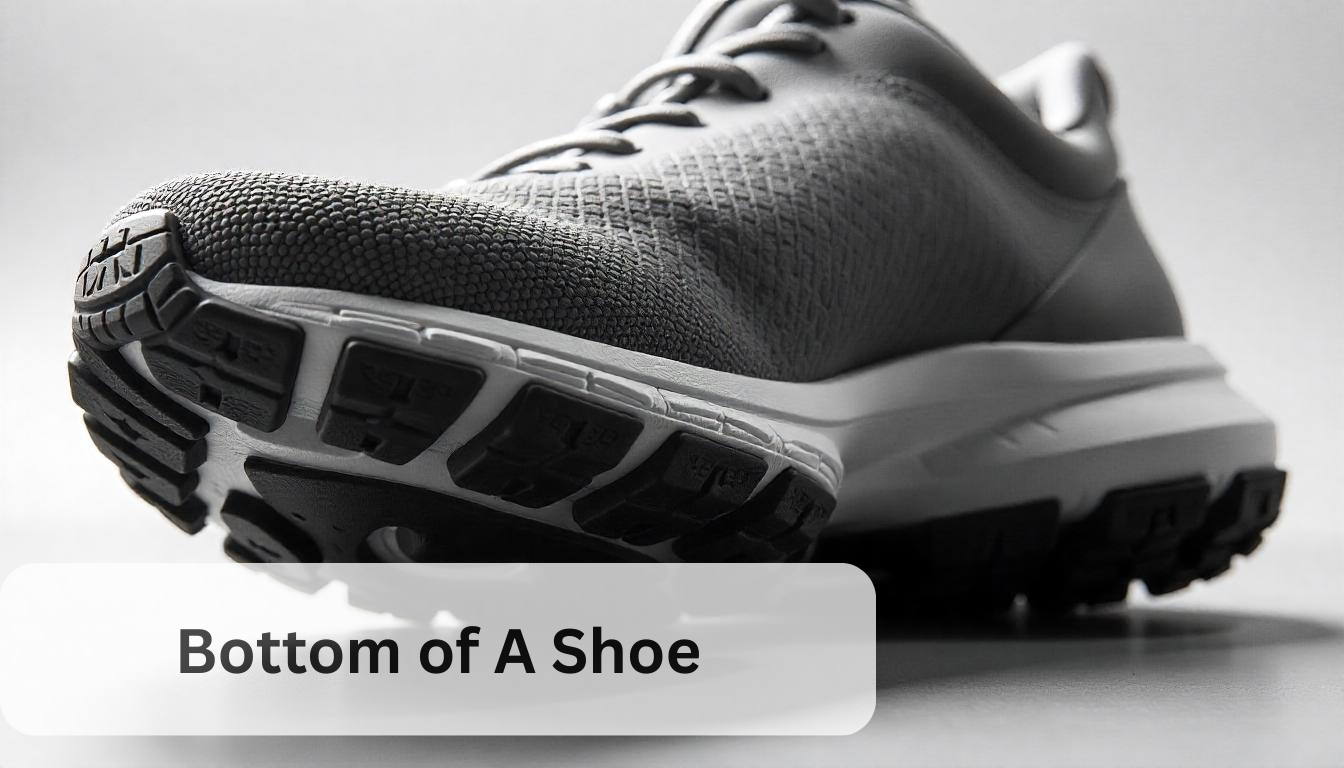When it comes to shopping for your baby’s first shoes, it’s easy to feel overwhelmed. Between the adorable styles and confusing size charts, you might be wondering, how do baby shoe sizes work? If you’ve ever held up a pair of tiny shoes and asked yourself if they’ll actually fit your little one, you’re not alone.
Finding the right fit for your baby’s feet is crucial—not just for comfort, but for healthy foot development. In this guide, we’ll break down everything you need to know about baby shoe sizes, how to measure them, and how to use baby shoe size charts by age and length (in cm and inches). Whether you’re looking at a Nike baby shoe size chart, a baby shoe size chart EU, or just shopping online, we’ve got you covered.
Why the Right Shoe Size Matters for Babies
Babies’ feet are still forming and growing, and the wrong shoe size can lead to discomfort or even developmental issues later on. That’s why using a baby shoe size chart or infant shoe size chart by age is important—but knowing how to use them is even more critical.
Poorly fitted shoes can cause:
- Blisters or calluses
- Poor balance or walking difficulties
- Improper foot growth
- Future foot problems in toddler or school years
How Do Baby Shoe Sizes Work?
Let’s answer the main question: how do baby shoe sizes work?
Baby shoe sizes are typically categorized by age ranges, but there’s more to it. Brands often list sizes in months (like 0-6M, 6-12M, etc.) or by number (Size 1, Size 2, etc.). However, these numbers are only rough estimates. That’s why measuring your baby’s foot length is the most accurate method.
Key Points:
- Baby shoe sizes are based on foot length (in inches or cm)
- Sizes vary by brand (e.g., Nike baby shoe size chart may differ from Carter’s)
- EU, UK, and US sizing systems differ
- Age-based sizing is a guideline—not a rule
Measuring Your Baby’s Feet at Home
Before you consult a baby shoe size chart, start by measuring your baby’s feet.
What You Need:
- A ruler or measuring tape
- A piece of paper
- A pencil or pen
Step-by-Step:
- Place your baby’s foot on the paper. If they’re not standing, hold the foot flat.
- Trace the outline of the foot.
- Measure the distance from the heel to the longest toe (in cm or inches).
- Do the same for the other foot. Always go with the larger measurement.
- Use the measurements with a baby shoe size chart in cm or inches to find the right size.
Tip: Leave about 0.5 cm (or ¼ inch) of wiggle room for growth.
Sample Baby Shoe Size Chart in CM and Inches
Here’s a simplified chart to guide you:

| Age (months) | Foot Length (cm) | Foot Length (inches) | US Size | EU Size |
| 0–3 | 8.6 | 3.4 | 1 | 16 |
| 3–6 | 9.5 | 3.7 | 2 | 17 |
| 6–9 | 10.5 | 4.1 | 3 | 18 |
| 9–12 | 11.4 | 4.5 | 4 | 19 |
| 12–18 | 12.2 | 4.8 | 5 | 20 |
| 18–24 | 13.0 | 5.1 | 6 | 22 |
Note: Always refer to a brand-specific chart like the Nike baby shoe size chart if available.
How Do Toddler Shoe Sizes Work?
Once your baby starts walking confidently, they’ll graduate to toddler sizes. So how do toddler shoe sizes work?
Toddler shoe sizes usually begin at size 4 (around 12 months) and go up to size 10 or 12. Like baby shoes, they’re best chosen by measuring foot length and checking a toddler shoe size chart by age.
Shoe Size for 1 Year Old Boy or Girl
On average, the shoe size for a 1-year-old boy or girl ranges between size 4 and 5 in the US system. But this can vary depending on their growth rate.
For a 1-year-old:
- US Size: 4–5
- EU Size: 19–20
- Foot Length: ~11–12 cm or 4.3–4.8 inches
Again, measurement beats assumption—always measure for accuracy!
Regional Differences in Baby Shoe Sizes
You might be wondering: how do baby shoe sizes work in the UK or EU?
UK Sizing:
- Starts from 0 and goes up in half sizes
- Often slightly smaller than US sizes
EU Sizing:
- Uses a different scale (e.g., EU size 19 ≈ US size 4)
Use a baby shoe size chart EU or how do baby shoe sizes work UK guide to avoid mix-ups when buying from international retailers.
How Do Baby Shoe Sizes Work in CM or Inches?
The most universal way to size baby shoes is by centimeters or inches. Most charts will convert these measurements into US/UK/EU sizes.
If you’re wondering how do baby shoe sizes work in cm, here’s a quick idea:
- Every 0.5 cm equals approximately one size up.
- 11 cm = US size 4
- 12 cm = US size 5
- 13 cm = US size 6
Use a Shoe Size Calculator
To simplify things, consider using a how do baby shoe sizes work calculator available online. These tools let you plug in your baby’s foot length and get instant size recommendations for different brands and regions.
Many online stores like Nike, Adidas, and Stride Rite offer these calculators integrated into their size guides.
Tips for Buying the Right Baby Shoes
Choosing the correct shoe size is only half the equation. Here’s what else to look for:
Comfort & Fit
- Look for soft soles for pre-walkers
- Make sure there’s room for toes to move
- Avoid stiff or heavy shoes
Material
- Breathable fabrics like cotton or leather are ideal
- Avoid synthetic shoes that trap moisture
Flexibility
- Shoes should bend easily at the ball of the foot
- A flexible sole supports natural movement
Brand Differences
- Always refer to brand-specific charts
- For example, a Nike baby shoe size chart may fit smaller than Carter’s or Adidas
Signs That Baby Shoes Don’t Fit
Even if you’ve measured carefully, babies grow fast. Here’s how to tell if it’s time to size up:
- Red marks or indents on the feet
- Difficulty putting the shoes on
- Baby pulls or kicks off the shoes frequently
- Toes are curling inside the shoe
Measure your baby’s feet every 6 to 8 weeks during rapid growth stages.

Frequently Asked Questions
How does baby shoe sizing work?
Baby shoe sizing typically follows age-based categories, but the most accurate method is measuring your baby’s foot length in centimeters or inches. Sizes can differ between brands and regions (US, UK, EU), so using a baby shoe size chart is essential. Always allow a little extra room—about 0.5 cm—for growth and comfort.
What shoe size is a 12 month old baby?
A 12-month-old baby generally wears a US size 4 or 5, depending on their growth rate. In EU sizing, this corresponds to size 19 or 20. However, it’s best to measure their foot length and check a baby shoe size chart in cm or inches for accuracy.
What size is a size 7 baby?
A size 7 baby shoe usually fits a toddler aged around 2 to 2.5 years. It corresponds to a foot length of about 14 cm (5.5 inches). Always refer to a toddler shoe size chart by age or length to confirm fit, especially as sizing may vary between brands.
How do I work out my baby’s shoe size?
To work out your baby’s shoe size, place their foot on a piece of paper, trace around it, and measure from heel to the longest toe. Use this measurement with a baby shoe size chart in cm or inches. Many parents also use an online shoe size calculator for added convenience.
How do baby shoe sizes work in the UK?
In the UK, baby shoe sizes start at 0 and increase in half-size increments. UK sizes are typically smaller than US sizes. Always check a UK-specific baby shoe size chart and compare it with foot length in cm for the most accurate sizing.
Is there a difference between baby and toddler shoe sizes?
Yes, baby shoe sizes usually range from 0 to 6 or 7, while toddler sizes typically start at size 4 and go up to 10 or higher. Toddler shoe sizes are designed for little ones who are walking independently and have larger, more developed feet.
Can I use an infant shoe size chart by age only?
Age-based shoe charts offer a general guideline, but every baby grows differently. Measuring foot length and using a baby shoe size chart in cm or inches is a more reliable method for getting the perfect fit.
What is the best way to convert baby shoe sizes to EU or UK sizes?
Use a conversion chart that includes US, EU, and UK sizes along with foot length in centimeters. For example, a US size 4 roughly equals EU size 19 and UK size 3.5. Always prioritize foot length to avoid errors when converting between sizing systems.
How often should I check my baby’s shoe size?
You should re-measure your baby’s feet every 6 to 8 weeks, especially in the first two years. Babies’ feet grow quickly, and even a small change can affect comfort and mobility.
Are baby shoe size calculators accurate?
Most baby shoe size calculators are accurate if you input the correct foot length. These tools help translate measurements into proper sizes across US, UK, and EU charts. For the best results, use calculators from trusted brands like Nike or Stride Rite.
Final Thoughts
By now, you should feel confident answering the question, how do baby shoe sizes work? Remember that every baby is different, and the best way to ensure a proper fit is by measuring your child’s feet and consulting the correct baby shoe size chart, whether in cm, inches, or region-specific guides.
Choosing the right size means better comfort, improved mobility, and healthy foot development. Whether you’re shopping for a 1-year-old boy, exploring a baby shoe size chart EU, or navigating a Nike baby shoe size chart, use this guide to make informed decisions.







